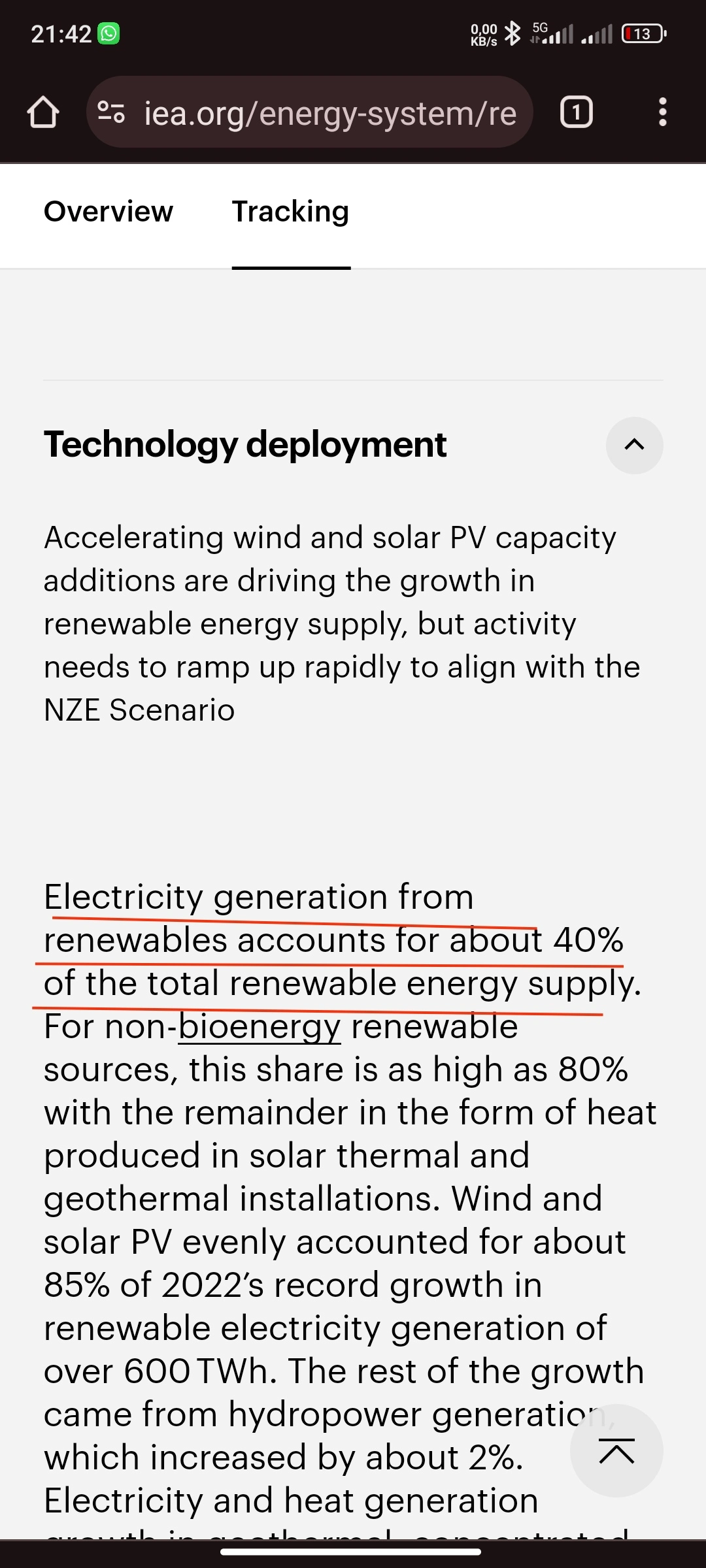I don't see a graph here or source, do you know where it's from? This is giving about 25%.


Edit: here's the original paper if people want to dig through it for the data. I have a feeling the headline above is just the capacity rather than the actual generation.
